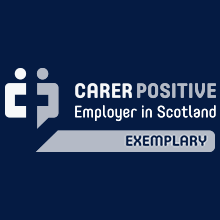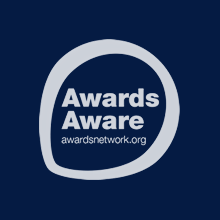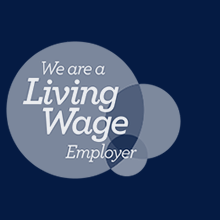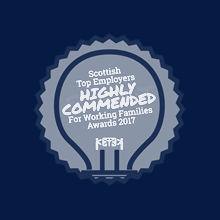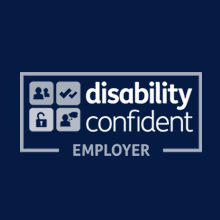What is IVH?
VH stands for Intraventricular Hemorrhage and it is bleeding in and around the spaces of the brain called the ventricles. It is common in preterm babies < 30 weeks.
IVH can be classified into grades, from grade 1 to 4. Grades are based on the amount and location of bleeding in the brain.
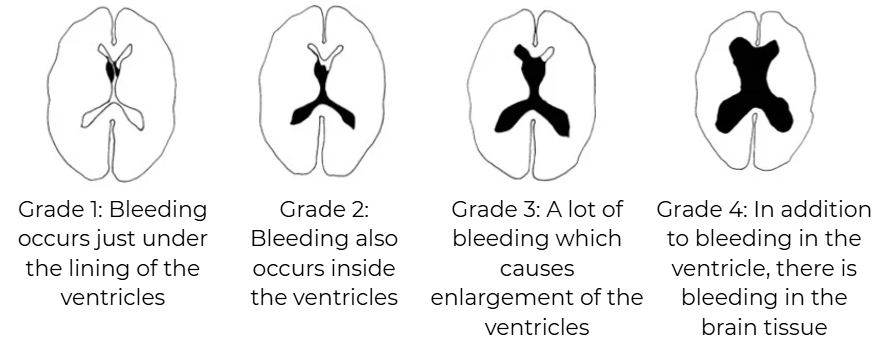
How is it diagnosed?
IVH is diagnosed by looking at your baby’s brain over the soft spot on their skull with an ultrasound scan. Scans are scheduled on day 1, day 3 and day 7 and will occur weekly until your baby reaches 34 weeks.
Around half of IVH is detected within the first 24 hours after birth, and 90% by 72 hours after birth.
What are the possible complications?
The long-term outcome for babies with IVH varies depending on the grade of the hemorrhage and the presence of other complications.
Many babies with mild IVH (Grade I or 2) may not experience significant long-term issues, while those with more severe forms (Grades 3 or 4) are at increased risk of neurodevelopmental delay, cerebral palsy, deafness, blindness, and sometimes death.
Is there any treatment for IVH?
Unfortunately there is no specific treatment that has been shown to help babies once they have developed an IVH.
Can we prevent IVH?
A mother who is expected to give birth prematurely is offered magnesium sulphate. This medication can reduce the risk of brain injury, including IVH, after preterm birth. It is also important that her baby is delivered in a hospital that has the correct facilities for looking after a baby so premature.
Additionally, there is evidence that having a ‘Neuroprotection Bundle’ within the first 72 hours can help reduce the incidence of IVH. A bundle sets out the best ways to look after your baby in order to protect your baby’s brain.
What is the ‘Neuroprotection Bundle’?
Below is the ‘cot card prompt’ that can be seen in you baby’s bedspace.
This lets everyone know that your baby is on the ‘Neuroprotection Bundle’ and details the important points to follow in the first 72 hours of your baby’s life.
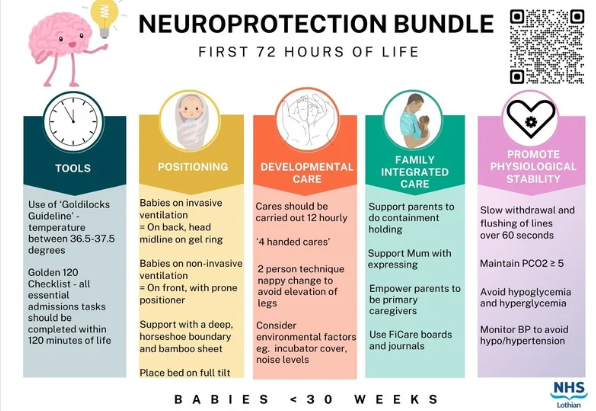
What can you do to help?
Specifically for families, it is important that you practice ‘containment holding’. This is essentially a ‘hand hug’ when you place one hand on your baby’s head and the other hand on their body. This creates warmth, containment and a reassuring presence that will help calm your baby.
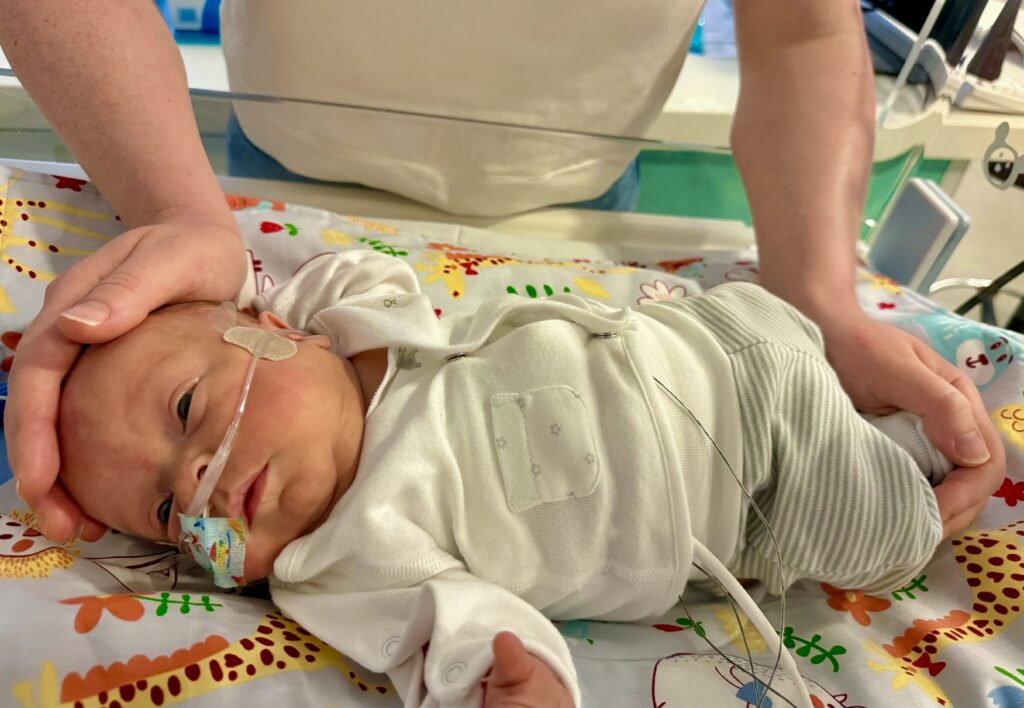
If Mum is able to express, breastmilk also provides substances which protect and nurture your baby’s brain. We will support you in expressing if this is your wish.
Additionally, if you are able, please join us in your baby’s ‘cares’ (having nappy and bedding changed etc). Babies on the Neuroprotection Bundle are placed on specific bamboo sheets, and positioned on a head gel or a prone pad to prevent a 90 degree rotation of their neck.
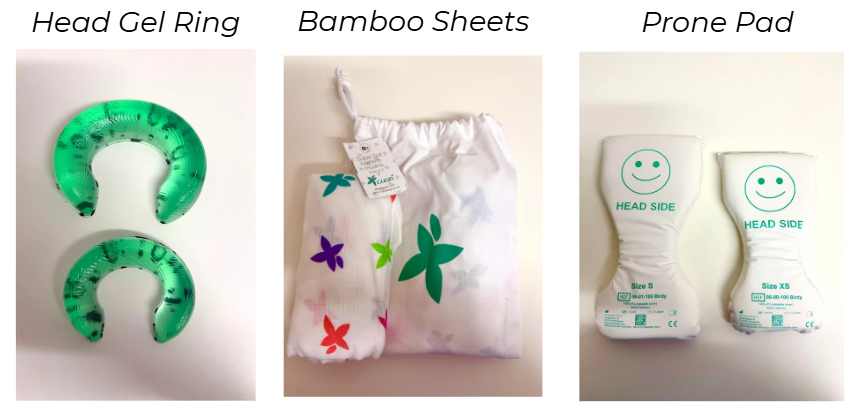
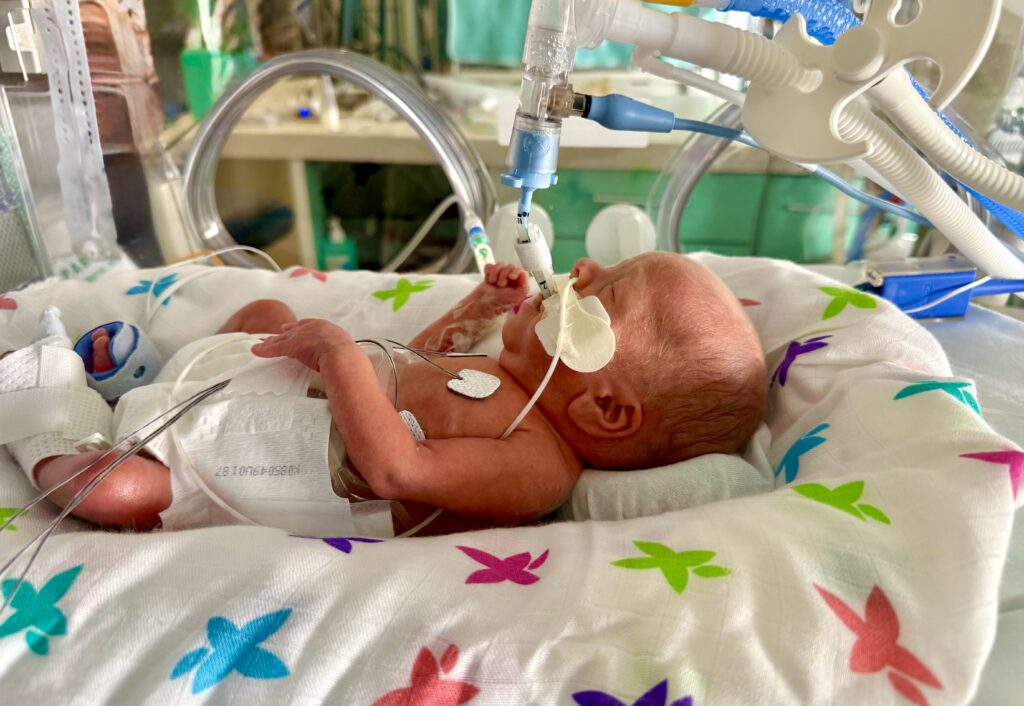
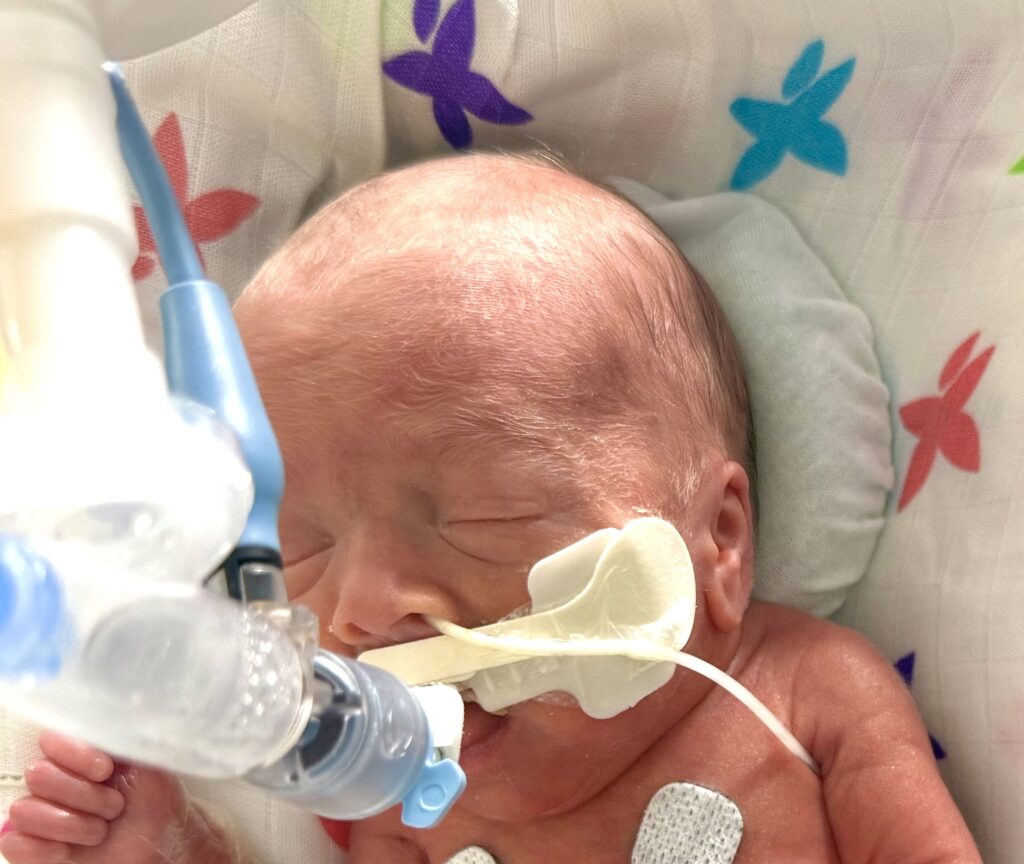
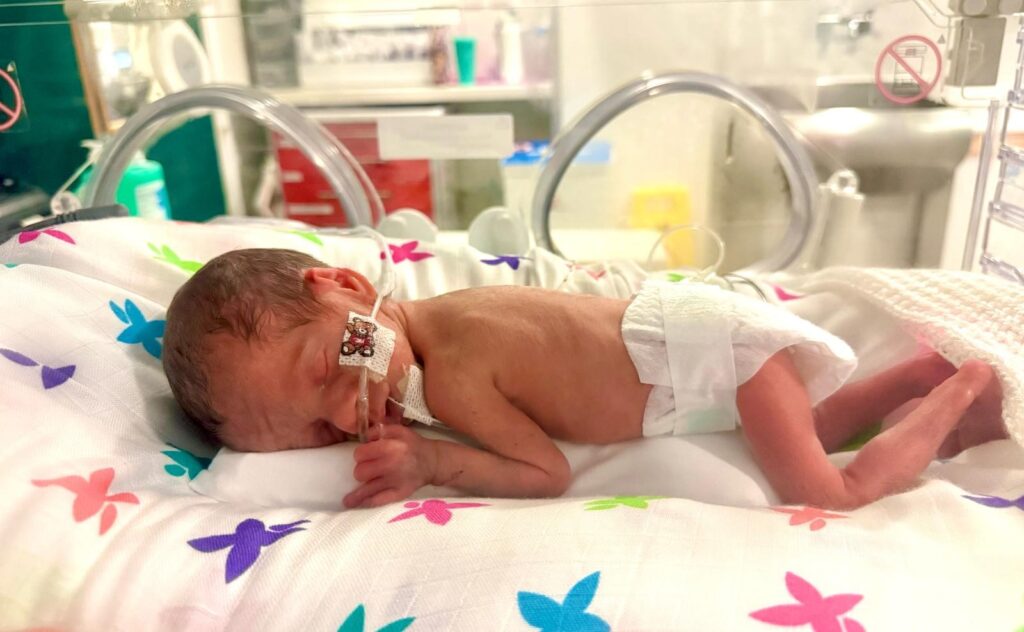
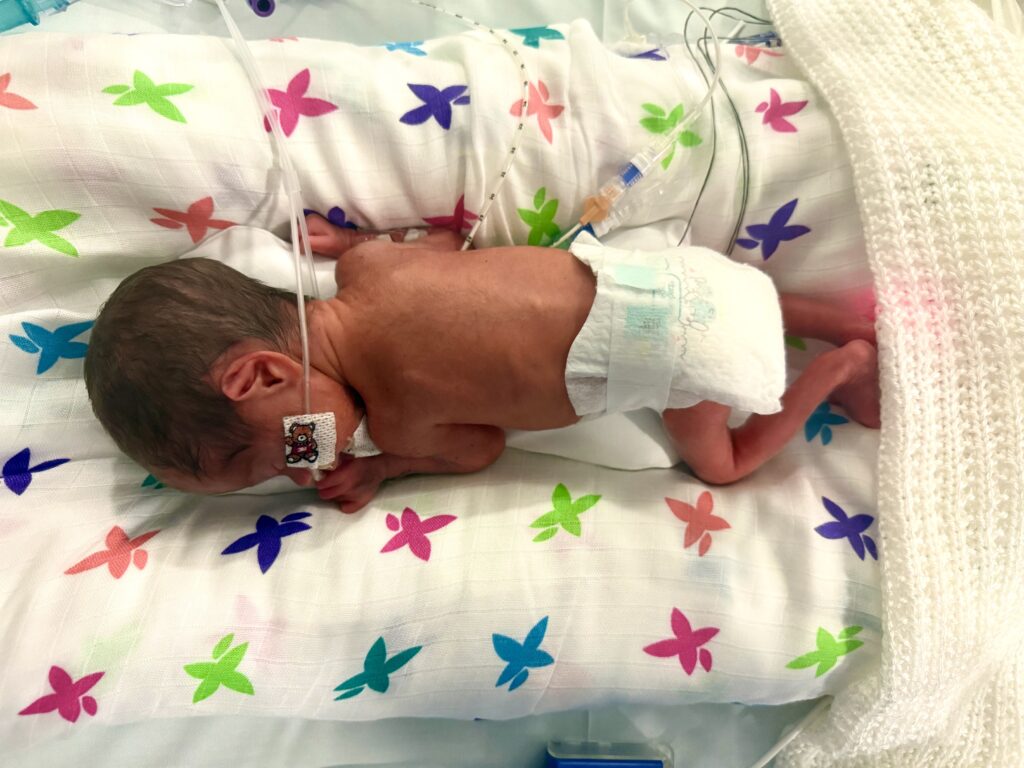
Additional Information
If you have any questions please ask the nursing or medical team.
Additionally here are some links to some more useful information:
- https://www.bliss.org.uk/parents/about-your-baby/medical-conditions/intraventricular-haemorrhage-ivh
- https://www.bliss.org.uk/parents/in-hospital/being-involved-in-your-babys-care-and-procedures/quick-guide-to-involvement-in-babys-procedures
- https://www.bliss.org.uk/parents/in-hospital/being-involved-in-your-babys-care-and-procedures/working-with-the-neonatal-care-team

